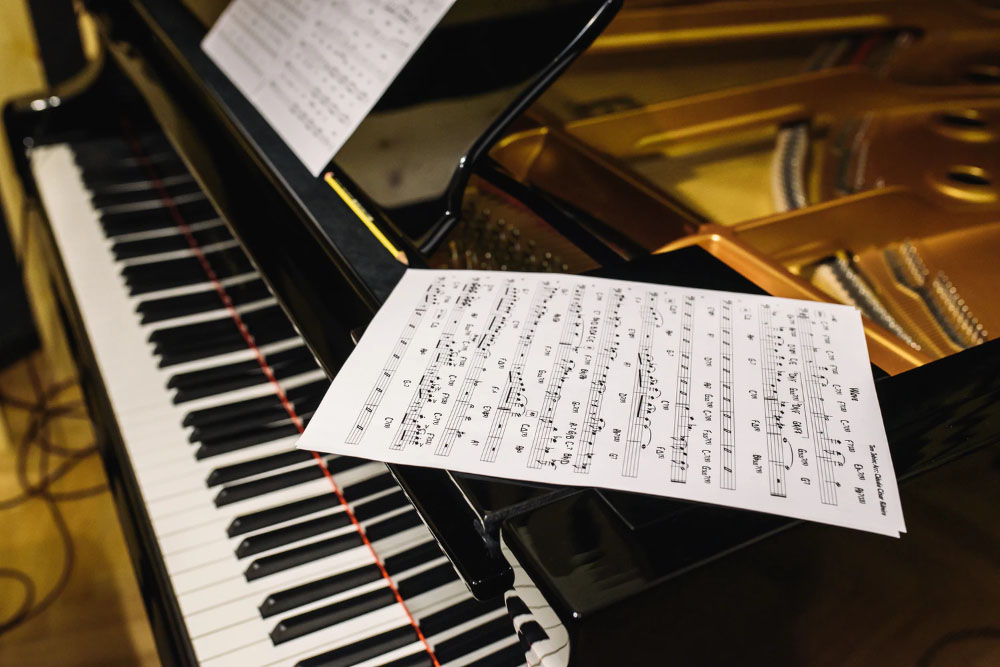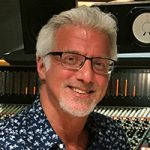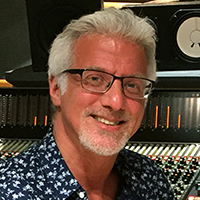.
Once upon a time, I was doing the typical thing of going with what I was told worked or what I watched the engineers I had assisted do.
Specifically, I was recording piano with a pair of matching microphones in an XY pattern around the hammers. I knew about many approaches (another mic at the far end of the piano and then pan that mic over to the bass side of the stereo spread, pair of PZMs taped to the piano lid, throwing mics under, over, and in the holes, etc).
Sometimes I would use a pair of mics just outside the lid, but only when I could get away with more warmth and less percussive clarity. My piano sounds were good but usually required a little EQ tweak.
One day I was working with Warren Wolfe, a very talented pianist, and as I was setting up the mics, he said, “You know, nobody ever wants to hear my advice to get the best piano sounds, they always just put the mics in the same places.”
I stopped what I was doing, looked him right in the eye and said, “OK, tell me.” He replied, “All you have to do is to put your head in the piano and listen. Where it sounds fullest is where you put the microphones.”
So… I moved the mic stands out of the way and listened while he played. Fortunately he played in a way that allowed me to hear how the different sounds from the piano at different ranges and volumes bounced around the piano box—the resonating chamber.
I then put mics where my right and left ears were (very different from the tight XY I usually did), and played with the angles until I felt they were closer to my actual ear positions as well as wide without any jumps when the notes ran from low to high. I also had to watch for foot pedal sounds.
When it was time to push up the faders, I was blown away. The sound was full and more intimate than when I used outside mics.
From then on I’ve always moved my head around inside the piano while the musician plays not only wide range material, but the actual parts and ranges they’re going to be playing that day. Sometimes I go back to the XY over the hammers or a pair just outside the box, but in general I’ve always found places in the piano I like.
Since that day, I stopped assuming that I “knew” how to mic anything, and instead listen to each instrument and place my mics accordingly, even if I’ve already recorded that exact instrument many times.
By the way, the mics were about a foot behind the hammers and halfway up to the lid. I still use a pair outside the box for extra dimension, but usually don’t need them. On the rare occasion that the music calls for it, I will mic closer to the hammers for more attack. And when I use Shoeps microphones through Focusrite mic preamps, I’ve never needed to add EQ.
Click here for an example of a piano recording using this technique.





















